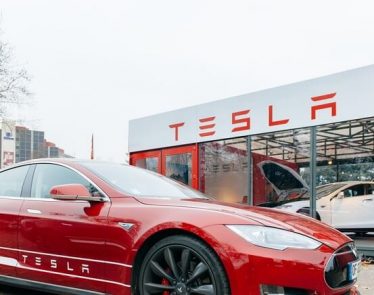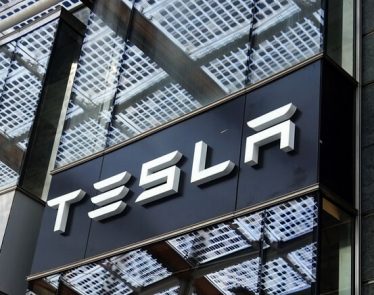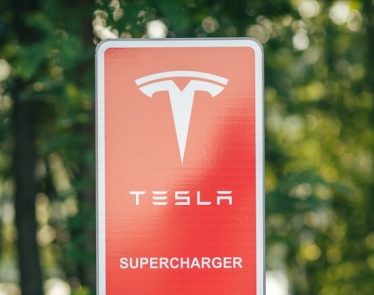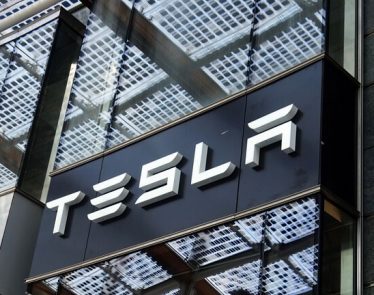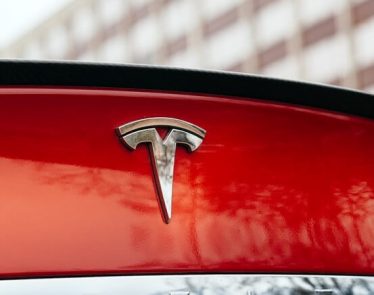
Mark your calendars! It has now been reported that days after Tesla (NASDAQ:$TSLA) plans to commence Model 3 deliveries, the California-based company will release its second-quarter earnings. Investors will get an insight into the automaker’s business on August 2.
As per usual, investors should watch for Tesla’s revenue and earnings or loss per share. However, seeing as Tesla plans to start making the first round of deliveries for the Model 3 on July 28, any updates on the vehicle could be the main focus of the report.
Below is a brief overview on what investors should look for in Tesla’s second-quarter earnings report.
Analyze Tesla’s Financial Results
Being able to see Tesla’s Q2 revenue and earnings per share will let investors see the company’s ability to scale its business as it continues to grow at a rapid pace.
Seeing as Tesla has already reported a 53% year-over-year increase in quarter two vehicle deliveries, there is no doubt that Tesla’s revenue is on track to soar. On average, it is forecast that Tesla will report Q2 revenue of $2.58 billion, up over 65% compared to Tesla’s non-GAAP revenue in the same time period in 2016.
As we approach Tesla’s quarter two earnings report, the consensus analyst prediction for Tesla’s non-GAAP earnings per share is a loss of $1.69. If this were to happen, it would mark a wider loss than both Tesla’s year-ago non-GAAP EPS of $1.61 and the first quarter non-GAAP loss per share of $1.33.
Why do analysts predict a negative earnings trend in Tesla’s second-quarter? Well, it likely reflects expectations of higher costs related to the final development stages for the Model 3 vehicle. Additionally, the negative forecast might be because Tesla’s Q2 vehicle deliveries came in at the low end of Tesla’s guidance.
The Model 3 Vehicle
Although the Model 3 vehicle launch didn’t occur during Tesla’s second quarter, the electric vehicle will most likely be a topic of conversation in the company’s Q2 update for a number of reasons.
First and foremost, the vehicle is thought to have considerable financial implications on Tesla’s Q2 even though the deliveries aren’t on the calendar until the third quarter. Tesla has said two significant things regarding the Model 3: 1) management expects to acquire some GAAP and non-GAAP related operating costs linked to the final stages of the vehicle’s development, and 2) there are expectations that its capital expenditures will increase as it builds out Model 3 production capacity. Additionally, Tesla predicts year-to-date capital expenditures to be marginally over $2 billion by the time it starts Model 3 production. At the end of Tesla’s first quarter, the company’s year-to-date capital expenditures were $553 million.
Additionally, investors will be looking for a modification on Tesla’s volume expectations for the Model 3 ramp-up. Now that the earnings release falls in the same time frame as the first Model 3 deliveries, the management team will likely have more knowledge on its forecast for the vehicle’s deliveries for the rest of the year. According to Tesla’s last estimates, the company is expected to deliver about 30 Model 3 units at its July 28 event, 100 in August, and more than 1,500 in September. Elon Musk, the CEO of Tesla, has said that he expects the company to be able to deliver about 20,000 units by 2020.
Featured Image: twitter




